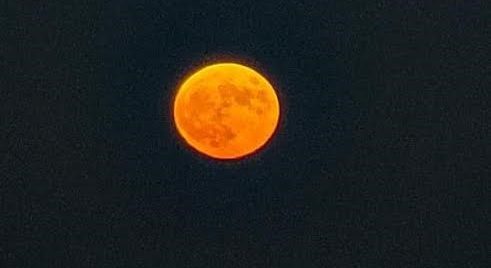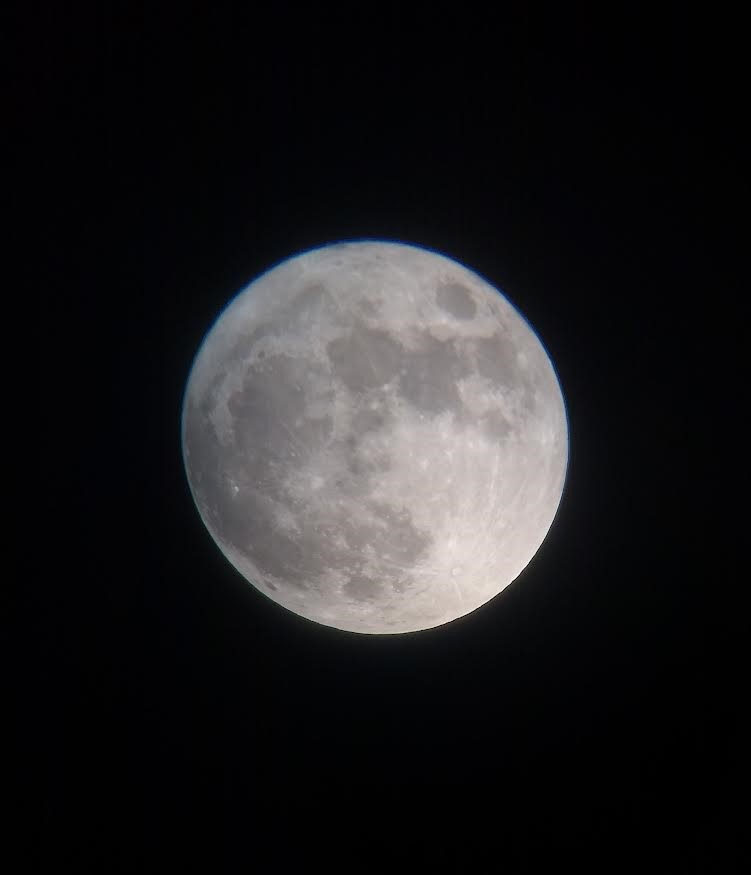Looking up into the sky on the night of August 30, you may have spotted a lustrous full moon, glaring down at the earth. Not just an ordinary full moon though, this was a super Blue Moon; a combination of a super moon and a blue moon. This is a phenomenon that happens only about every 10-20 years.
Senior student Ryan Siddiq said, “Didn’t look blue to me.”
To many people’s dismay, the moon was not actually blue. While the name is misleading, it roots from the famous saying, “once in a Blue Moon,” which is another way of saying that something is extremely unlikely to happen. Since two full moons in one month is uncommon, it is referred to as blue.
However, something even more uncommon than a Blue Moon is a super Blue Moon. For this to happen, the second full moon must occur at its perigee, which is the spot in its orbit where it is closest to the Earth. When at the perigee, the moon appears considerably larger and brighter. This makes it a super moon. If a super moon happens after a full moon in the span of one month, it becomes a super Blue Moon. The next time this will happen is estimated to be in 2037.
Senior student Jesse Glavin commented on its brightness, “I was working out and I kinda just stopped in awe when I saw it beaming through my windows. It was bright enough to cast shadows.”




